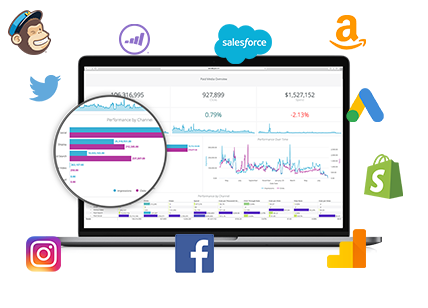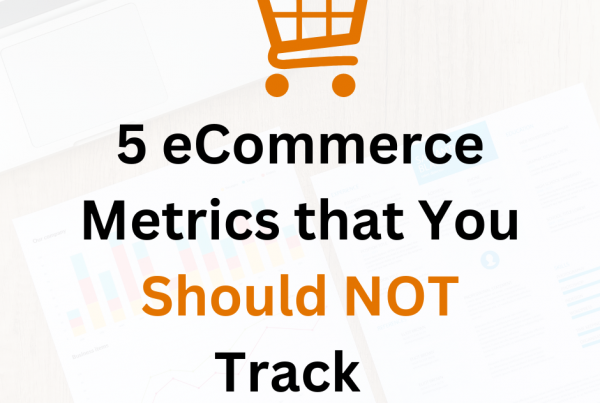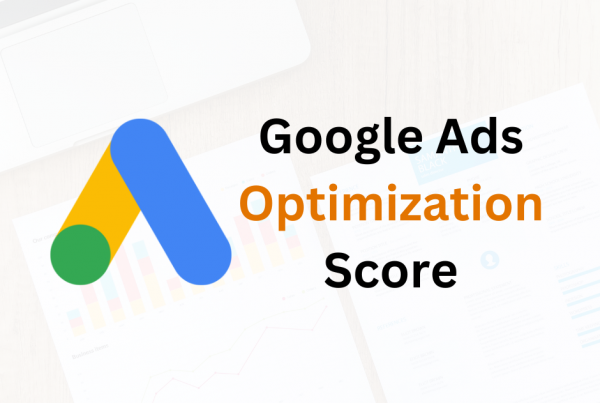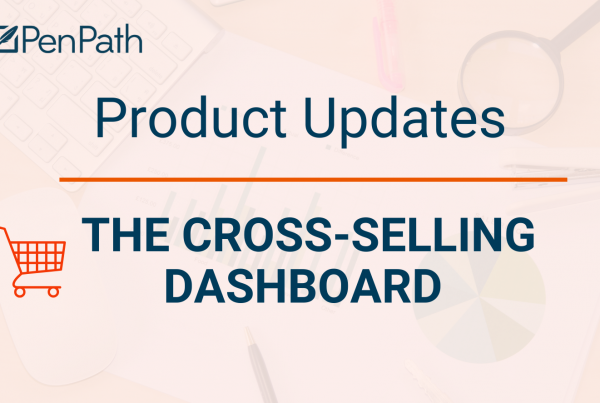Switching from Universal Analytics to Google Analytics 4 has been tricky. Where should we save Universal Analytics historical data? How can we compare historical data between the two platforms? And wait, Google Analytics 4 only keeps your data for 14 months? Then what?
Businesses need a way to keep old data and connect insights between both Universal Analytics and Google Analytics 4.
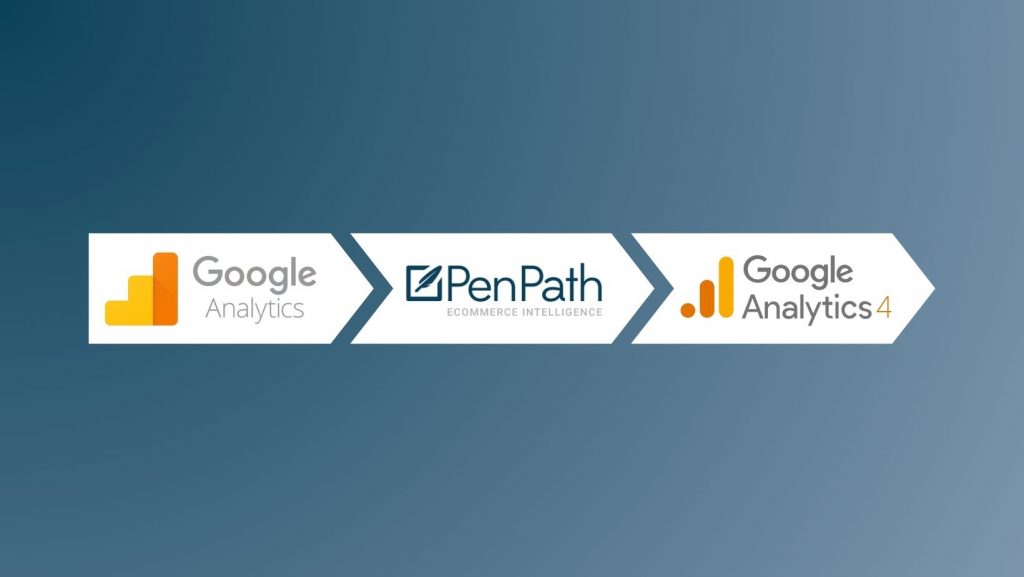
Google Analytics has been a ubiquitous tool for over a decade, offering crucial insights into consumer behavior, marketing efficacy, and sales strategies. However, the sunset of Universal Analytics on July 1, 2023, has prompted questions around data retention and historical visibility in the migration process.
Shorter Retention Periods
In the Universal Analytics era, business and e-commerce users of this platform have confidence in all of their data being stored within Universal Analytics’ 14, 26, 38, and 50-month options.
Now on Google Analytics 4, Analytics users are limited to the two distinct data retention options of 2 and 14-month periods. This sparks the concern of “What happens to all my data?”
PenPath solves this problem.
Historical Data
Similar to Universal Analytics, Google Analytics 4 will only begin tracking historical data from the moment it is implemented. Therefore, in order to recompile your historical data in Google Analytics 4, it must be accumulated over time. This is why a switch to Google Analytics 4 poses a particular challenge for businesses and clients who have relied on annual comparisons for their marketing strategies through Universal Analytics. Google Analytics 4 also introduces new tracking methods and data types, making it challenging to compare data between two platforms in a straightforward manner.
Moreover, the transition to Google Analytics 4 requires a dual approach, where users essentially have to monitor performance by simultaneously accessing both the Universal Analytics dashboard and the Google Analytics 4 dashboard. The new tracking and data processes implemented by Google Analytics 4 make comparing data by examining both dashboards far from comparing apples to apples.
Increase Data Retention in Google Analytics 4
By default, user-level data, including conversions, is stored for 14 months in Google Analytics 4, while all other data, including consumer demographics (e.g. age, gender, and interest data), falls under the two-month retention period. You may change this default setting and increase the data retention to 14 across all data types. Here is how.
After ensuring that your ideal retention period is compliant with data privacy regulations, you can navigate through adjusting your data retention period by:
- Navigating to the Admin option on the bottom left side of your Google Analytics 4 homepage.
- Selecting data settings/tracking info in column 2.
- Here, you can toggle data retention.
- Then, choose your desired data retention from the drop-down menu.
- Here, you can select 2 or 14 months.
- Make sure to save all changes.
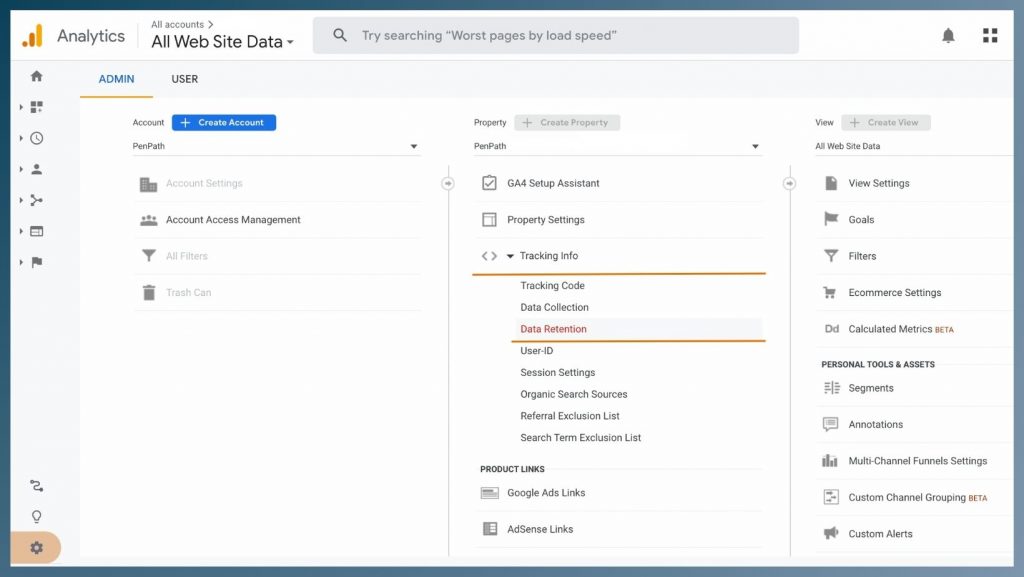
It is worth noting that Google Analytics 4 allows you to view custom and aggregated reports beyond the 14-month period, however, you are still faced with significant limitations on historical data analysis, making it difficult to conduct deeper investigations and derive actionable insights, potentially diminishing businesses’ ability to refine their strategies effectively.
After 14 months the DATA WILL BE DELETED from Google Analytics 4. The perfect way to preserve historical data is to export it to PenPath.
So what are effective ways to keep all your historical data and bridge the data insights between Universal Analytics and Google Analytics 4?
PenPath–an all-in-one data analytics platform–imports ALL of your historical data from Universal Analytics and Google Analytics 4. You will then be able to view and analyze all your Universal Analytics and Google Analytics 4 data on dashboards.
- PenPath is doing all of the heavy lifting in mapping out your Google Analytics 4 data for a simple and powerful experience.
- PenPath’s seamless integrations with other external data sources and tools enable users to benefit from enriched attribution.
Store all of your historical data with PenPath. With the ability to connect the majority of the market’s e-commerce platforms on one dashboard, all of your data and the automatic reports PenPath generates in real-time are consistently accessible and reliable. To see how we can pull together data from your Universal Analytics, Google Analytics 4, and all other e-commerce or marketing sources, book a demo with us!

